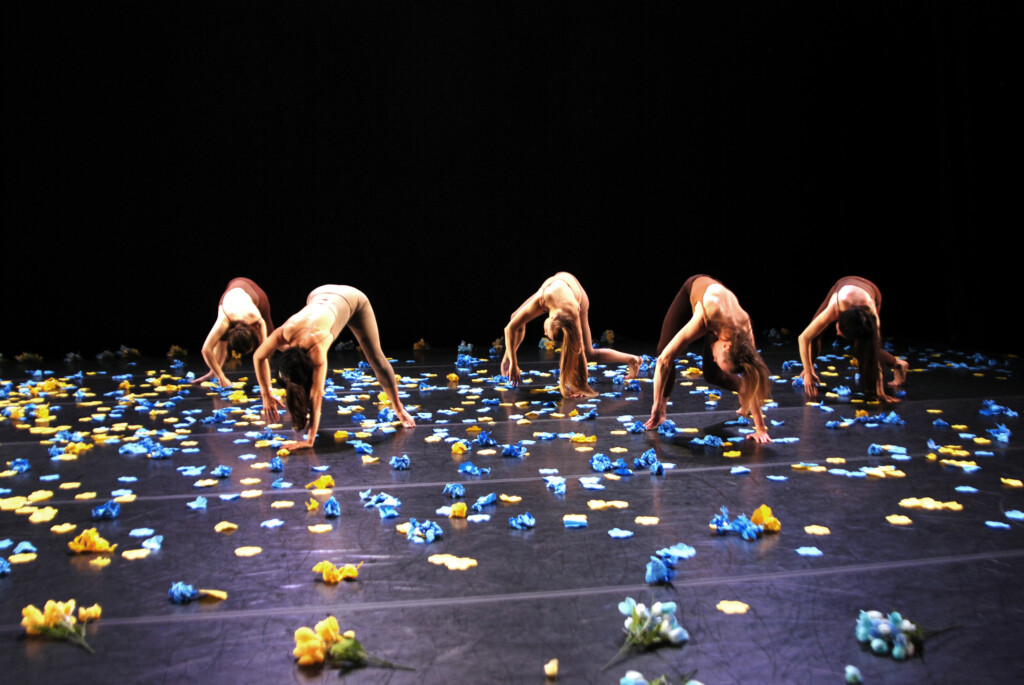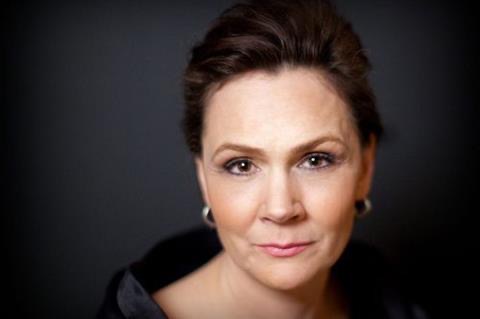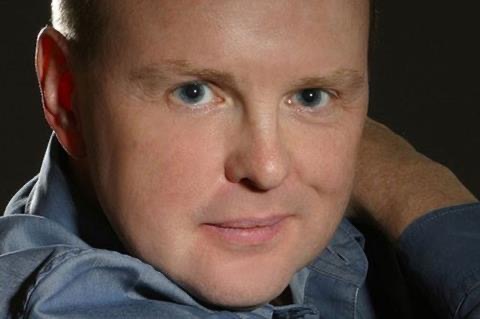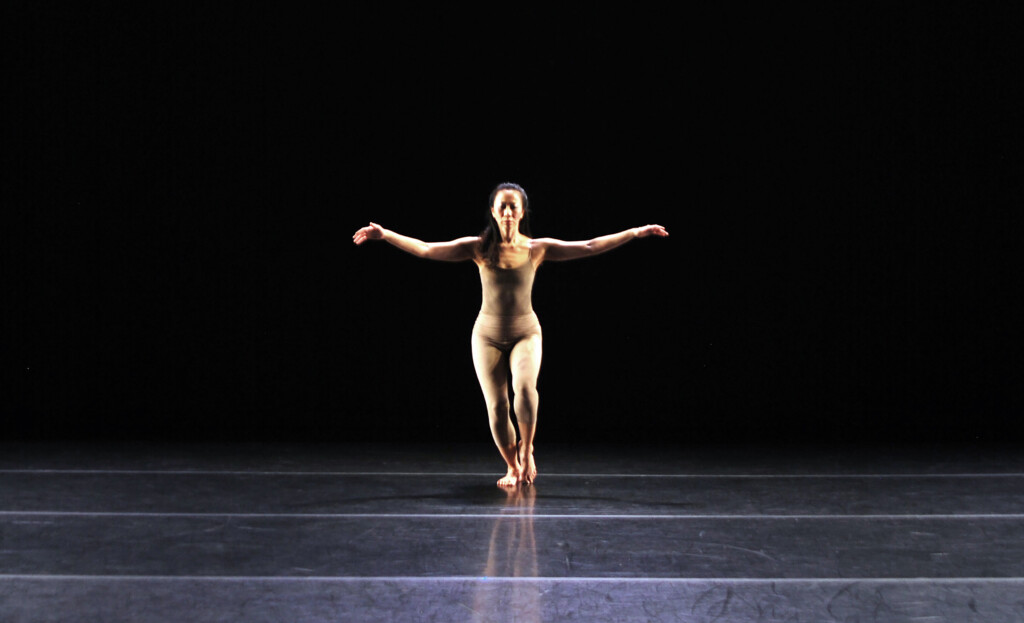NOVA CHAMBER MUSIC SERIES: DAS LIED VON DER ERDE
The clearest example of Thierry Fischer’s 14-year tenure as Utah Symphony’s music director is the significant improvement in the orchestra’s musicianship. Utah Symphony musicians are now prepared to take on everything in the orchestral repertoire, including new music commissions. Fischer is set to take a similar post later this year with the Orquesta Sinfónica de Castilla y León and has filled the same role for the last three years at São Paulo Symphony. As he prepared for his final week of farewell concerts in Utah, he set the sights high, with last weekend’s performance of Messiaen’s Turangalîla and this forthcoming weekend’s concert featuring Mahler’s Third Symphony.
In between, he returned to NOVA Chamber Music Series for the first time in four years, to conduct a spectacular performance of the chamber orchestra version of Mahler’s Das Lied von der Erde (The Song of the Earth). The concert also celebrated the finale of NOVA’s 45th season. In Libby Gardner Hall (its bright acoustics superior to the Utah Symphony’s home base in Abravanel Hall), the Utah symphony musicians, joined by mezzo soprano Anna Larsson and lyric tenor Barry Banks, verified and validated the claims rightly attributed to Fischer’s artistic impact in Utah.
As Jeff Counts noted in his excellent program notes, the symbiotic relationship of NOVA and the Utah Symphony has been “forged on common artistic values [that] can sustain colleague companies and reward their shared audiences over time.” With the exception of the Series’ current artistic directors, the Fry Street Quartet, every NOVA music director has been a member of the Utah Symphony.
Fischer came to Salt Lake City in 2009, the same year that Jason Hardink became NOVA music director. The cross-pollinating opportunities and the meeting of the minds flourished through these recent years, as Counts explains. He added that “Fischer saw early on that NOVA was not afraid to challenge the expectations of Salt Lake City concertgoers, and in Jason [Hardink], he had a partner in the exploration of the fascinating repertoire for more modest orchestral forces.” That continued in the 2018-19 season when Utah Symphony concertmaster Madeline Adkins took the reins as NOVA music director.
That season ended with Fischer leading Ligeti’s Chamber Concerto. As The Utah Review noted at the time, it was a dream team, which brought 10 Utah Symphony musicians who were joined by three other outstanding local performers, for that concert. “That performance was so delightful that, at least from the audience’s perspective, the music was absorbed so naturally to nearly forget just how damn complex it really is. It was perhaps the most technically challenging work for musicians featured on any NOVA chamber music concert that season.”
Das Lied von der Erde repeated the 2019 feat with yet another dream team of musicians and soloists, handling easily an equally complex piece of music. The 1908 work, a hybrid of the song cycle and symphony, is an extraordinarily elaborate form of musical architecture. Its poetry is taken from a book of 8th-century Chinese verse translated into German by Hans Bethge, as Counts noted. Also, Bethge’s version came from earlier paraphrased versions of the poems from earlier German and French collections.
The mastery of this performance was how the musicians and the solo singers responded to both the strong connections and the occasional contradictions between the music and the poetic text. There are numerous emphases in the music which vividly evoke the thematic imagery essential to the work but there also are moments, most notably in the opening movement, where the spirited music seemingly defies the looming shadows of futility and human mortality. Just as significant, the tonal color possibilities of the pentatonic scale were rendered exquisitely in the third movement, heightening the imagery of the delicate porcelain pavilion.
This was a mesmerizing experience. And, kudos to Chris Myers for his superb English translations of the text, which were sensitive to the idiomatic expectations without overdoing the poetry’s emotional range. The work’s entire musical architecture is built by acknowledging that its text is a manifestation of translations. Consequently, Mahler embraced the creative license in engineering this astonishing hybrid. Certainly, Fischer and company allowed it to blossom with deeply felt brilliance.
REPERTORY DANCE THEATRE’S LINK SERIES: WIND, JOHN MEAD AND DANCERS
A fascinating observation about contemporary dance choreographers is how they augment and amplify a music composition’s emotional possibilities, which they often have in mind before actually setting a single movement phrase. The music of the late Polish composer Henryk Górecki from the 20th century is one example. His Third Symphony has enthralled listeners (a Nonesuch recording led to sales of more than 1 million copies, which made it among the best selling classical music recordings for any 20th century composer). But, some critics lambasted it as a work that strangely made suffering into an uncharacteristically pleasant listening experience. Other critics believed Górecki alluded to the Holocaust and to Auschwitz, in particular. Others have said it referred to a centuries-long timeline of Polish history. Later, Górecki explained that the symphony was not about war, or a Dies Irae but that it was a universal work of sorrowful songs.
Wanting to dedicate a new dance composition to the people of Ukraine in the midst of the ongoing war with Russia, choreographer John Mead set a concert-length work on a quintet of dancers, based on Górecki’s symphony. Titled Wind, the work received its premiere last week, as part of Repertory Dance Theatre’s Link Series.
The outcome in terms of its emotional context hews very closely to Górecki’s actual thoughts about the music he composed. The choreography echoes the music with impressive conviction, and was performed similarly by Ruby Cabbell, Jill Voorhees Edwards, Sarah Eve, Mei Chian Lim and Tori Meyer. Mead effectively leverages the simple harmonies and modal forms of the music to deepen the emotional counterpoint through movement. The choreography unfolds with commendable discipline and control while its deliberate forms and lines frequently are disrupted and punctuated by variable gusts of movement, swirling around the stage and then quieting down almost as abruptly. Rather than war exclusively, the winds symbolized in the choreography reflect loyalty as well as betrayal, uncertainty along with inevitability, love juxtaposed with bittersweet nostalgia, which accompanies sensations of absence and instability, and tragedy as well as rebirth.
Indeed, as Mead explained in a brief program note, that while he dedicated the work to the people in Ukraine, “the piece is meant as a much more universal lament, and call for hope – for all innocent people, throughout history, that, through no decision of their own, found themselves wandering in the wasteland of wars that were destroying their lives, families and dreams.”
The program included a performance of Cumulus, which he premiered in New York City in 2000. The 15-minute trio, which also featured Polish songs by Górecki, was a fine sampler of the carefully deliberated movement language that also was found in Wind. Edwards, Eve and Lim were featured in the closing night performance. Their movement truly ‘read’ the music and meanings of the Górecki songs.

Mead and his wife Mei Chian Lim (who performed in Wind) moved back to Salt Lake City two years ago from overseas, after having been gone from this area for more than 35 years. They ran the John Mead Dance Company in Singapore for more than 15 years. Mead, a choreographer with more than 175 works to his credit, danced with RDT, from 1981 to 1986.
After he left RDT, Mead traveled the world as a choreographer, including Lausanne, Switzerland in 1988 where he won the highly regarded new choreographers competition hosted by Bejart Ballet. “I was wild then, more than ready to sow my creative oats as a choreographer,” he explained in a 2019 interview with The Utah Review.
In 2019, Mead set a piece for the RDT company’s Sounds Familiar concert. He based his contribution on the effervescent fast-paced finale of Sergei Prokofiev’s Symphony No. 1 in D Major, known as the Classical.




